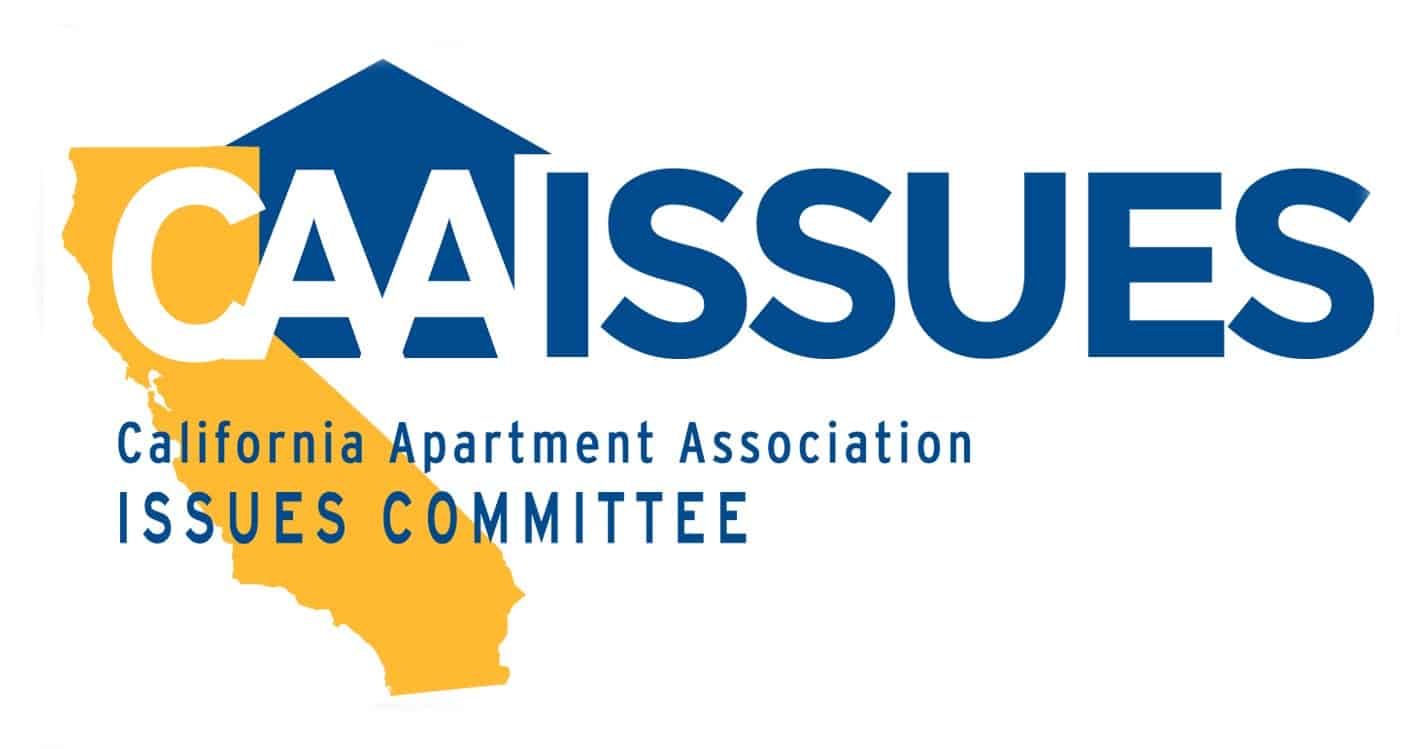Several of California’s large metro newspapers, including the San Jose Mercury News. the L.A. Daily News, and the Orange County Register, took a stand last week against Proposition 21, the radical rent control measure on the Nov. 3 statewide ballot.
Financed by Michael Weinstein and the AIDS Healthcare Foundation, the proposition threatens to bring back the extreme forms of rent control that proliferated in the 1970s.
On Thursday, Aug. 6, the Southern California News Group, which includes the Orange County Register, Long Beach Press-Telegram, Los Angeles Daily News and several other papers, urged readers to vote no on the measure.
“Proposition 21 will make the housing crisis worse. Vote No,” the headline reads. The editorial says the measure will hurt affordable housing construction, reduce property values, and will result in fewer available rental properties.
Prop 21 “distorts, and damages, the housing market and nearly everyone in it. It doesn’t spur homebuilding. It does lower land values. It forces properties off the rental market. And above all, it doesn’t help people at the low end of the economic scale…” says the editorial.
The next day, Friday, Aug. 7, the Bay Area News Group joined the opposition to Prop 21. This chain publishers of the San Jose Mercury News, the East Bay Times, and more than a dozen community newspapers and news websites with five million readers weekly.
“The basic principles of economics haven’t changed in two years. That’s when 59% of California voters wisely rejected a measure that would have allowed cities to impose tougher local rent control restrictions,” notes the editorial. “However well-intentioned Prop. 21 might be, it’s counterproductive. Most economists agree that rent control reduces the quality and quantity of housing.”
At the heart of Proposition 21, like its predecessor Prop 10, is a crusade to dismantle the Costa-Hawkins Rental Housing Act — the single most vital California law for rental housing providers.
If Proposition 21 passes, local governments will bring back vacancy controls, capping rents between tenancies and preventing rents from ever returning to market rates; they’ll also apply local rent control ordinances to newer apartments — as soon as they turn 15 years old — and to a greater number of condos and single-family homes.

